Ever find yourself overanalyzing a problem that seemed straightforward at first? You’re not alone. Adults often tend to complicate simple tasks, missing obvious solutions that are right in front of them. Interestingly, children have a knack for solving these problems with ease. Why is that? Kids approach challenges directly, without getting bogged down by overthinking or unnecessary details. They rely on intuition and simplicity—a skill many of us lose as we grow older.
Are you ready to put your own problem-solving skills to the test? Try out these riddles and see if you can approach them with a child-like perspective. You might be surprised by what you discover about your own thinking style. And once you’re done, be sure to check out our other articles on visual tests to uncover even more about your personality!
1. A duck was given $9, a spider was given $36, and a bee was given $27. Based on this information, how much money would be given to a cat?

Overthinking is often a result of wanting to find the “perfect” answer. We’ve been taught to analyze, consider all angles, and make the best possible decision. However, in our quest for perfection, we sometimes lose sight of the most obvious solutions. The more we dissect a problem, the more complicated it seems.
The answer:

2. Sarah, Jake, and Emma are siblings. Sarah is twice as old as Jake. Jake is three years older than Emma. If Sarah is 12 years old, how old is Emma?

The answer:

3. A man is looking at a picture of someone. His friend asks, “Who is it you are looking at?” The man replies, “Brothers and sisters, I have none. But that man’s father is my father’s son.” Who is in the picture?

The answer:
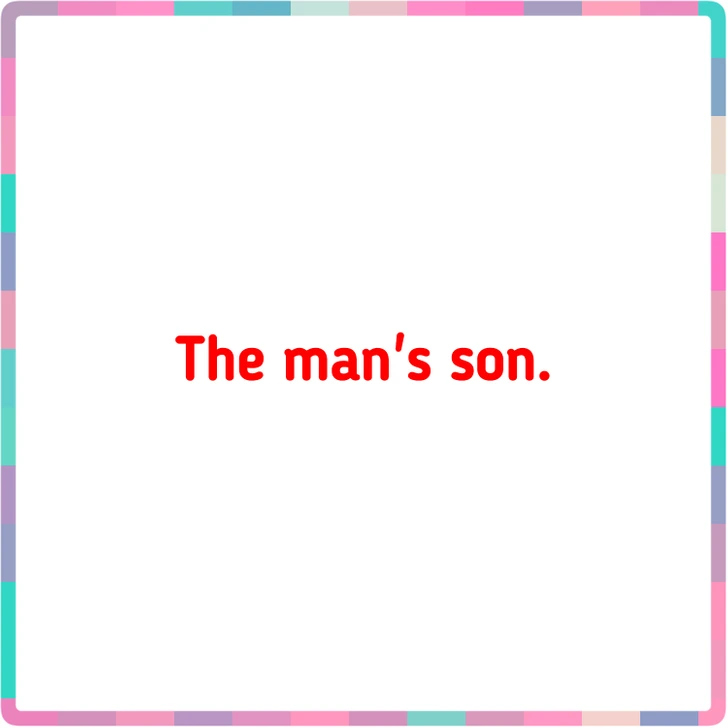
4. A man is 4 times as old as his son. In 20 years, the man will be twice as old as his son. How old are they now?

The answer:
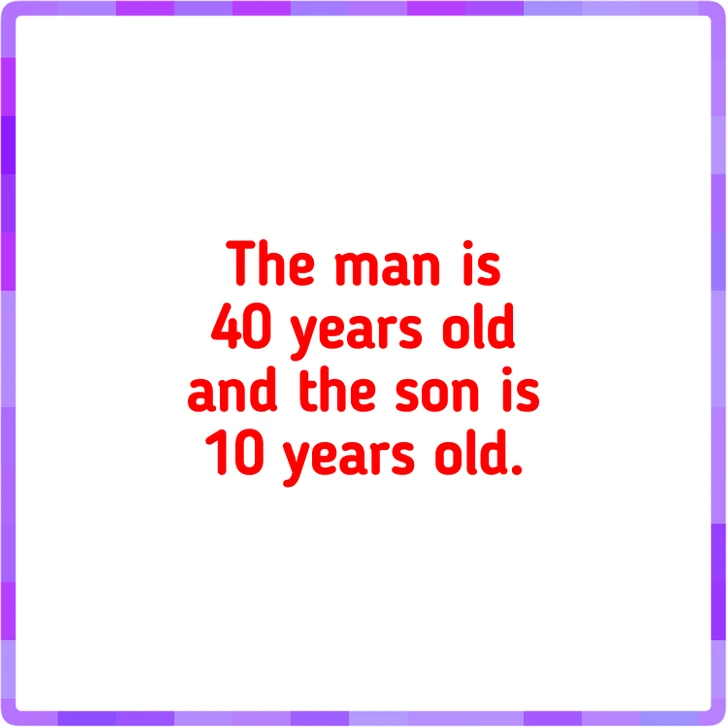
5. You have a 5-gallon jug and a 3-gallon jug. How can you measure exactly 4 gallons of water using these jugs?

The answer:

6. There is a three-digit number. The second digit is four times the third digit, and the first digit is three less than the second digit. What is the number?
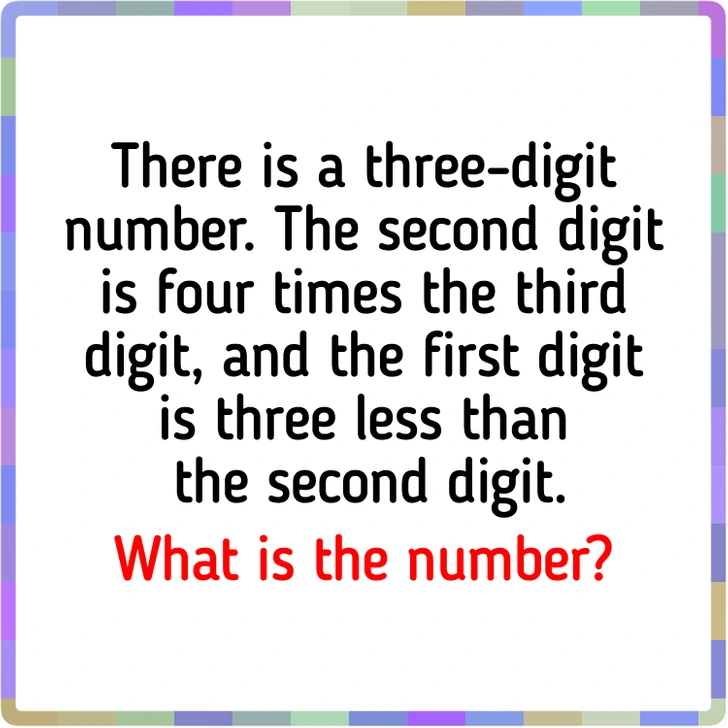
The answer:
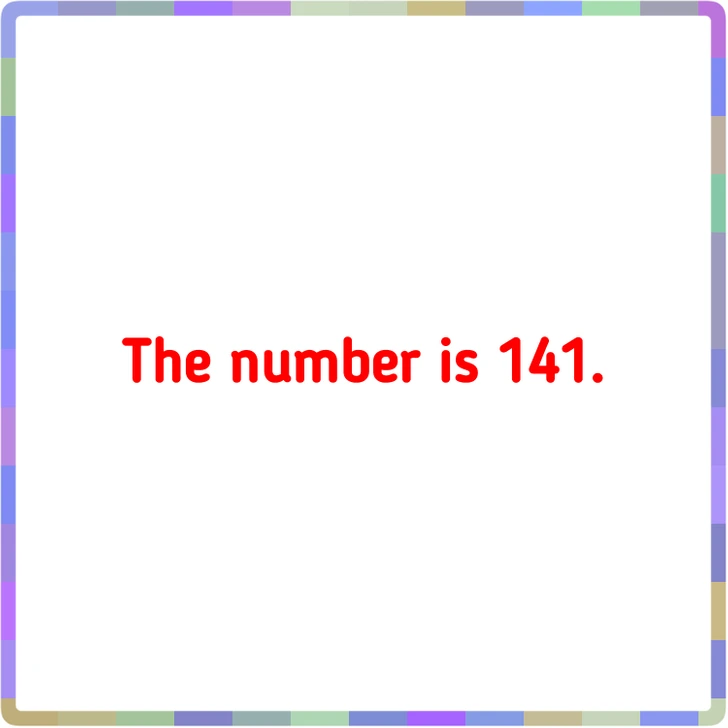
7. You have two hourglasses. One measures 7 minutes and the other measures 4 minutes. How can you measure exactly 9 minutes using these hourglasses?

The answer:

8. I am the beginning of everything, the end of everywhere. I’m the beginning of eternity, the end of time and space. What am I?

The answer:

9. Two people were born on the same day, same month, and same year. They are not twins. How is this possible?

The answer:

10. A woman has 7 children, half of them are boys. How is this possible?

The answer:
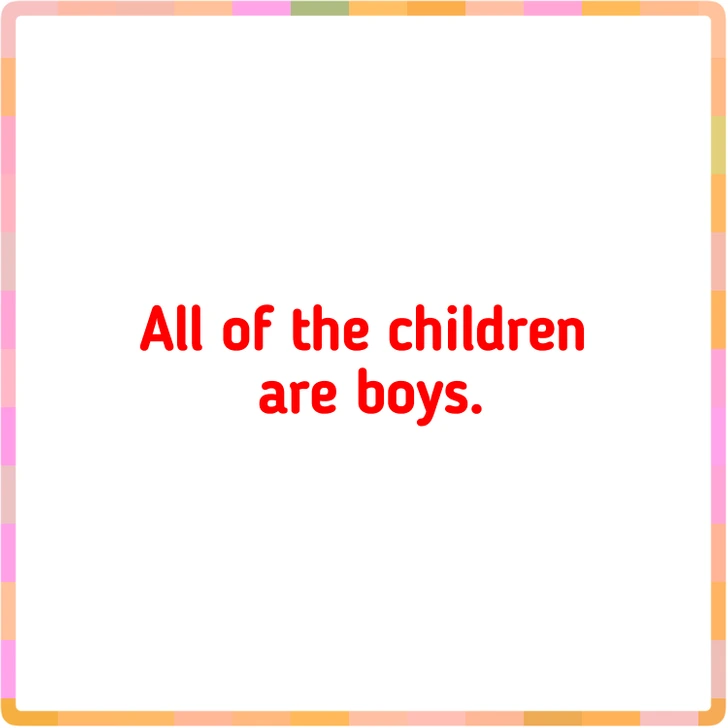
11. What’s wrong here?

The answer:

12. Who stole the money?

The answer:

We tend to complicate problems as we grow older, letting our life experiences cloud our judgment. Children, on the other hand, see things clearly and directly, solving problems with a simplicity that adults often struggle to grasp. Riddles are a fantastic way to bring us back to that pure, straightforward thinking style.
So, next time you encounter a challenge, take a moment to look at it through the eyes of a child. Keep things simple, stay curious, and don’t be afraid to get it wrong. You might just find that the answer was right in front of you all along.
If you enjoyed these riddles, be sure to explore more puzzles and tests to continue building your mental agility. Who knows? You might even unlock new insights about yourself along the way. Happy puzzling!


